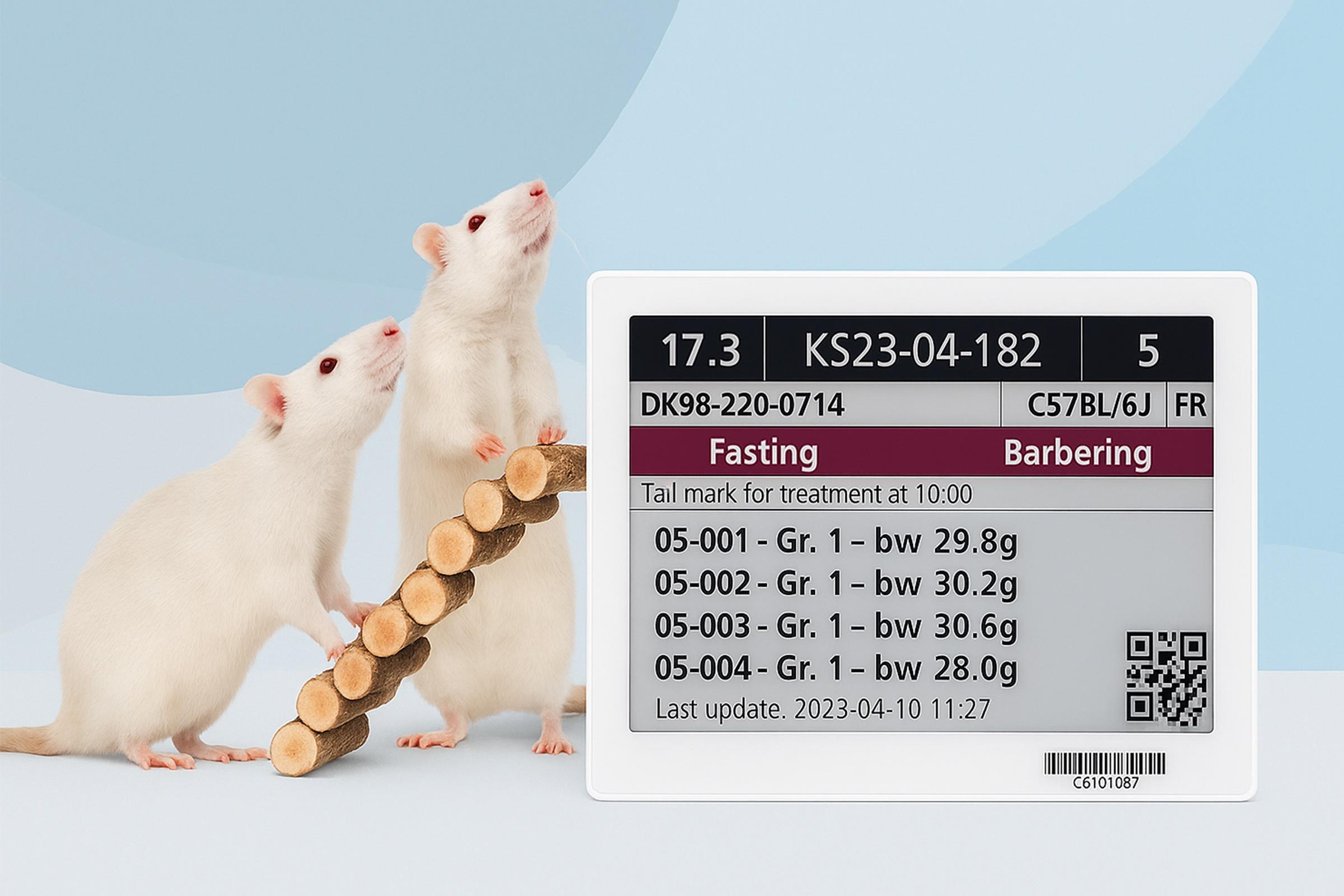Explore Answers to the Top 7 FAQs about the Solution
1. What is the Digital Cage Card Solution?
The Digital Cage Card Solution is an electronic alternative to traditional paper cage cards used in animal research facilities. It features real-time, automated updates of animal data, ensuring the most current information is always available. This system helps facilities meet regulatory standards by accurately documenting animal identification, welfare monitoring, and research protocols.
2. How does Digital Cage Card Solution work?
Digital Cage Card Solution integrates animal data from systems like AMS or structured data sources such as Excel. Picoteam’s Digital Cage Card Software processes this data through the Gateway System, which formats and sends it to the digital cage cards for display. Utilizing e-paper technology, the cards display updated information wirelessly, ensuring minimal power consumption. The system is accessible via desktop or mobile devices, providing authorized personnel with real-time, accurate data at any time.
3. Are Digital Cage Cards interactive?
Digital cage cards are electronic displays showing required animal information for regulatory compliance. While they aren’t interactive, our mobile app allows users to scan QR codes or RFID chip to instantly access detailed animal data. The app streamlines data management with features like animal lists, journals, and prescription management, enhancing team collaboration and ensuring accurate, on-the-go information access.
4. Can the Digital Cage Card Solution integrate with other systems we use in our facility?
Yes, Picoteam’s Digital Cage Card Solution is designed to seamlessly integrate with existing facility management platforms like AMS or other structured data sources such as Excel. This integration allows for smooth data transfer and synchronization, ensuring your current workflows remain uninterrupted. The solution is highly customizable, allowing it to meet specific integration requirements based on your facility’s unique needs.
5. Is it possible to implement Digital Cage Cards in our facility if there’s no Wi-Fi or phone signal available in the unit?
Wi-Fi isn’t needed for the digital cage card solution.
Here’s how it works:
- Cage cards use BLE to communicate with the Gateway.
- The Gateway connects to a message server over a cabled network and is powered by the network or an adapter. It doesn’t need external network access.
- The PicoTeam software integrates with both the message server and the animal management system or other structured animal data systems.
This setup ensures seamless operation without relying on Wi-Fi or phone signals
6. How does Picoteam differ from competitors?
Picoteam stands out from competitors by offering a fully integrated digital cage card solution that seamlessly connects with existing facility management platforms, along with a user-friendly mobile app for on-the-go access. The built-in RFID chip in each card allows instant integration with the mobile app, providing immediate access to detailed animal data. Our digital cage cards are slim, durable, and designed with quality in mind. They feature LED lights in 7 colors for easy identification, are available in waterproof models (IP68), and come with a 3-color display (Black/White/Red) plus an additional yellow option. These features enhance both reliability and usability, making them ideal for a wide range of research environments.
7. What are the benefits of switching from traditional paper cage cards to the digital solution?
Switching to digital cage cards offers several advantages, including:
- Improved accuracy: Automated data entry reduces the chances of human errors.
- Real-time updates: All staff members can access the most current information at any time.
- Enhanced compliance: The system helps maintain compliance with regulatory bodies by providing accurate record-keeping and audit trails.
- Time-saving: Digital cards eliminate the need for manual updates and reduce the administrative burden on staff.
- Environmental sustainability: The digital solution minimizes the use of paper, contributing to a more eco-friendly operation.


